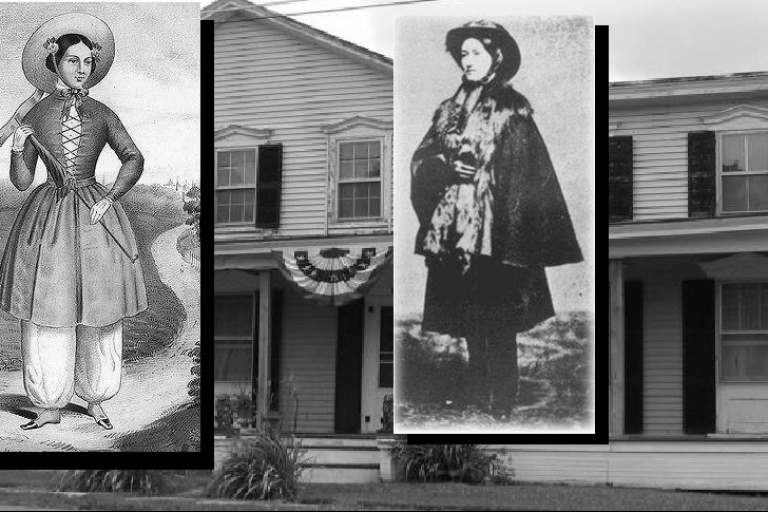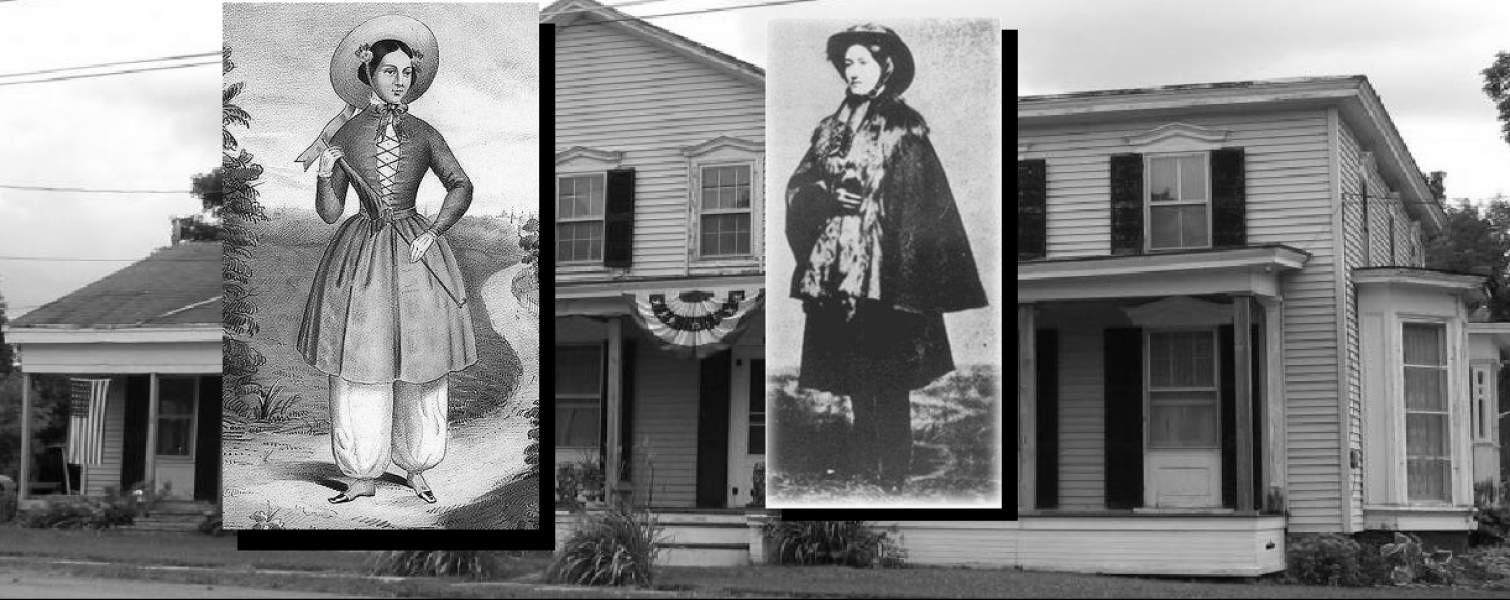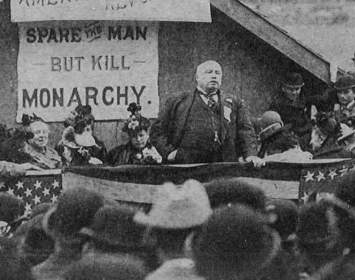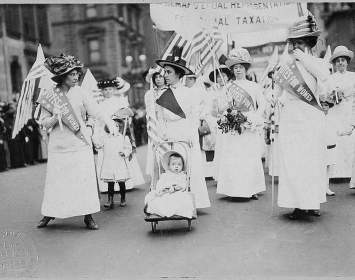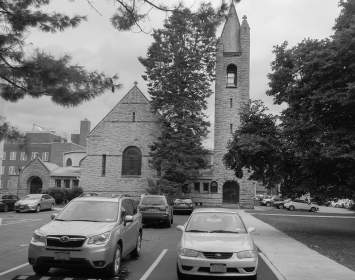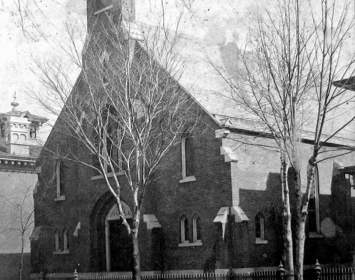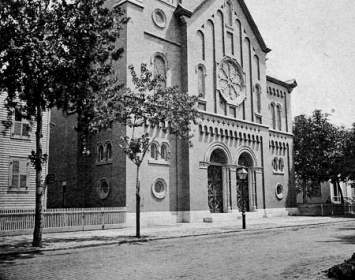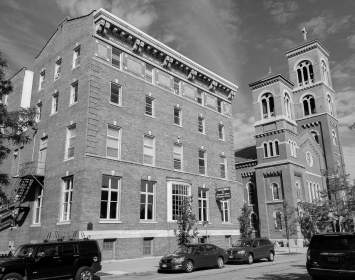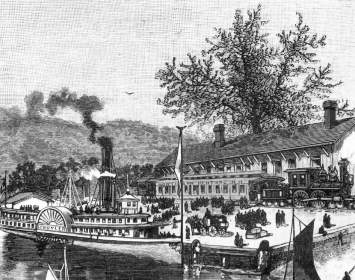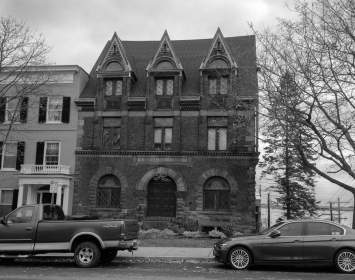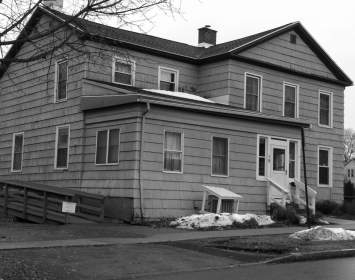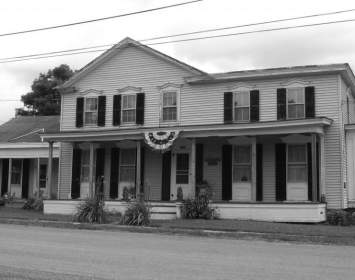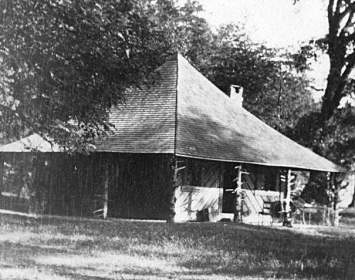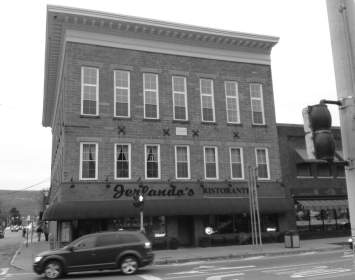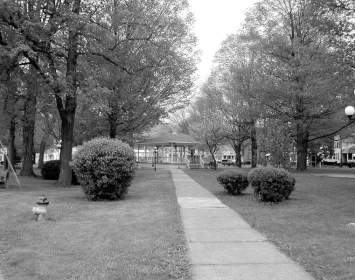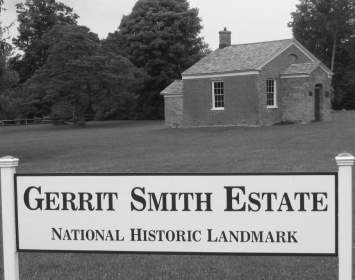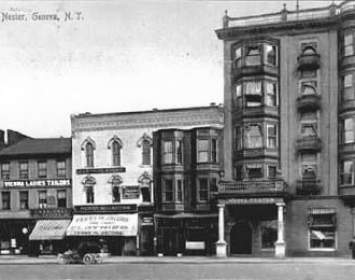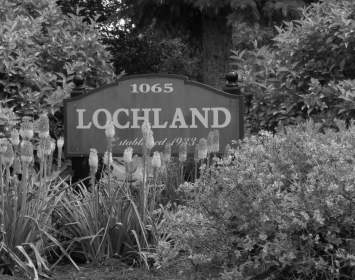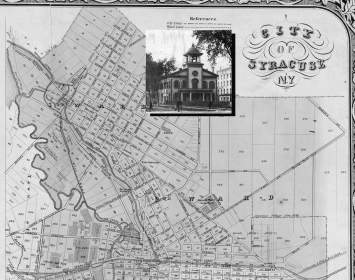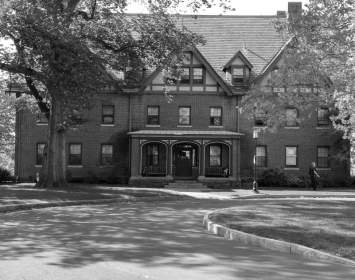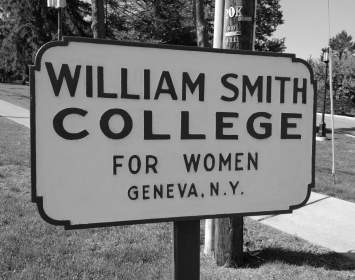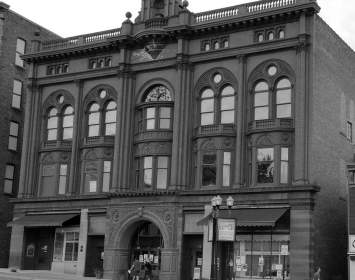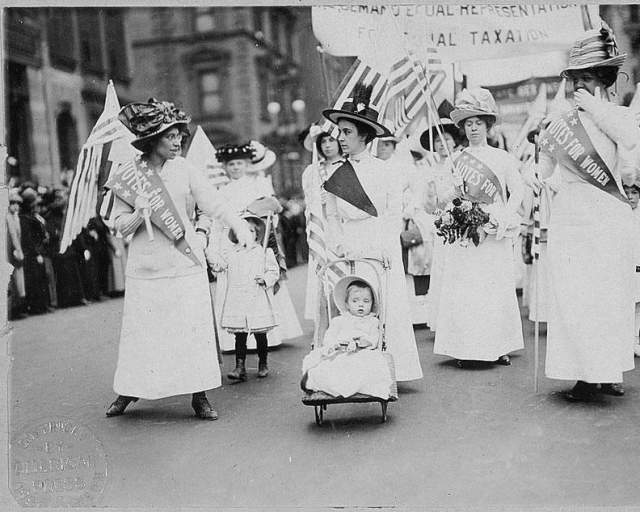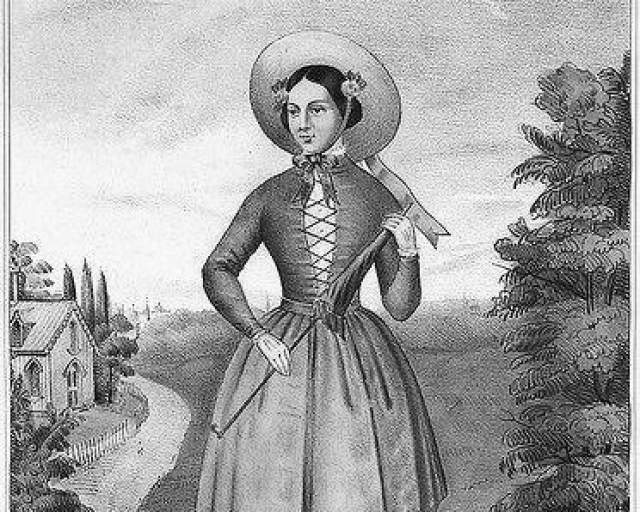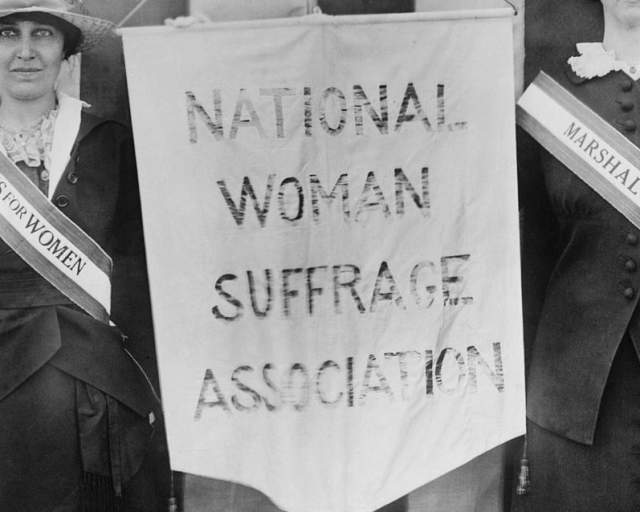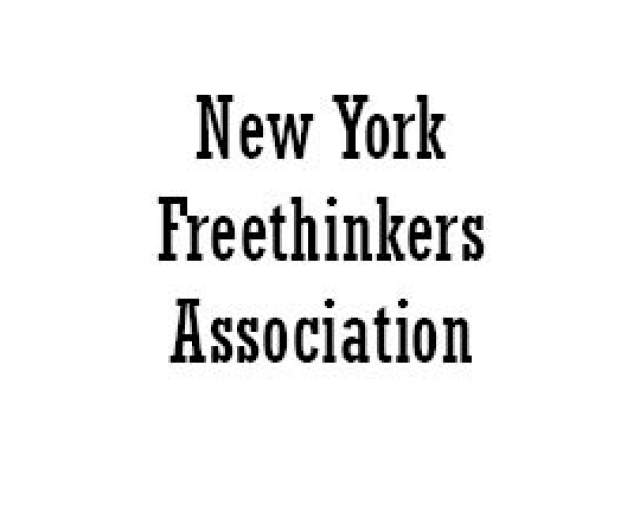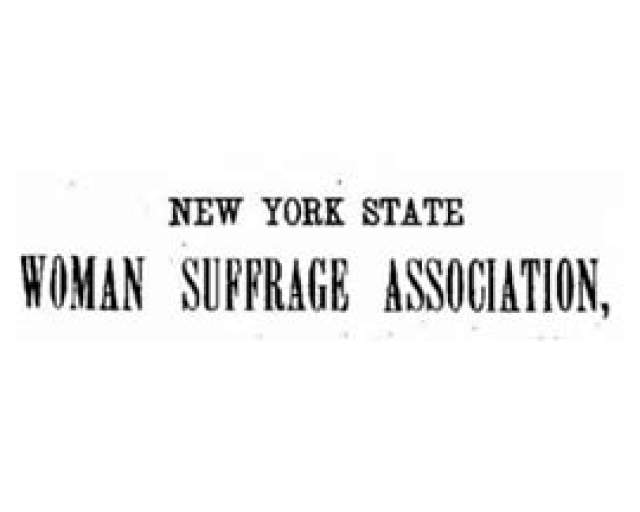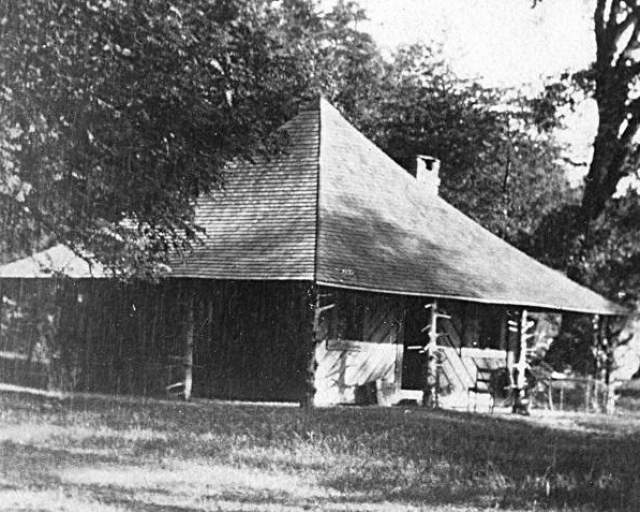
Elizabeth Smith Miller (1822–1911) was the daughter of Peterboro abolitionist-philanthropist Gerrit Smith and his wife Ann Carroll Fitzhugh. Both were active in the Underground Railroad, and during her childhood, Elizabeth absorbed their convictions and made the acquaintance of numerous fugitive slaves who passed through Peterboro on their way to freedom. By age 14, Elizabeth was refusing to eat foods produced by slave labor. In 1837, Elizabeth Smith and her cousin and close friend Elizabeth Cady (the future Elizabeth Cady Stanton) spent most of a day speaking with a prominent fugitive slave, Harriet Powell. Both Elizabeths (Smith and Cady) would later cite these experiences as motivating their own work for social reform.
Elizabeth Smith Miller was an activist and financial supporter of woman’s rights/suffrage causes. (Nineteenth-century practice was to use the singular, woman's, when referring to women as a class; later practice was to use the plural, women's.) At least one historian asserts that she assisted Stanton in planning the pivotal 1848 Woman’s Rights Convention in Seneca Falls. But Miller became best known as a dress reformer, inventing the practical knee-length skirt over pantaloons (shown in photo at right) in 1851. The style nonetheless became known as "Bloomers" after the activist Amelia Jenks Bloomer popularized the style in her pioneer feminist periodical The Lily.
Marriage and Principal Residences. In October 1843, Elizabeth married Charles Dudley Miller of Cazenovia. Beriah Green, a prominent abolitionist minister, officiated at a ceremony held at "the Grove," Gerrit Smith's alternate residence 1.2 miles south of Peterboro. As newlyweds, the couple lived in Cazenovia for a few years. In 1846, they returned to Peterboro, living at her father’s estate until the end of 1850. In January 1851, they moved into the house on the green just south of the Gerrit Smith estate, which Gerrit Smith had gifted to them.
Eighteen years later, Gerrit made the couple another gift of real estate: Lochland, an elegant mansion south of Geneva on a bluff overlooking Seneca Lake. Miller welcomed the move from bucolic Peterboro to the more cosmopolitan Geneva; she lost no time making Lochland a center of Geneva’s cultural and intellectual life, bringing activists and thought leaders together for convivial salons or focused organizing sessions. She befriended the Geneva entrepreneur, philanthropist, and partly closeted freethinker William Smith (no relation to Gerrit Smith), who frequently donated use of his Geneva opera house for suffrage conventions Miller would organize.
Fossenvue. In 1875, Miller and six friends and family members founded Fossenvue, a lakeside summer campground at what is now Caywood Point on Seneca Lake’s eastern shore, directly across the lake from Lochland. For one month each summer from 1875 until 1901, the intellectual life of Lochland would migrate to Fossenvue in summer garb. Intellectuals and reformers would linger there, enjoying recreational activities, fresh local food, and cultured discussion.
Miller and Freethought. Miller’s views on religion may be summarized by a comment she made to an interviewer regarding her views on the truth of the Bible: “I who do not believe in its inspiration, cannot expect my views to be accepted by those who most reverently regard it as the Word of God.”
In 1878, Miller attended the convention of the New York Freethinkers Association in Watkins, now Watkins Glen. When the sex radical Josephine Tilton and two others were arrested for selling the marriage reform tract Cupid’s Yokes, Miller paid Tilton’s bail—only to renege after reading Cupid’s Yokes and finding it repellent. Refusing further offers of bail, Tilton spent an extended period in the Watkins jail, seeking to maximize the village’s costs as a protest.
Miller's Suffrage Agenda. Miller was active in suffrage work lifelong. Late in her life, she was simultaneously an officer (active or honorary) in the American Woman Suffrage Association (AWSA), the National Woman Suffrage Association (NWSA), and the New York State Woman Suffrage Association (NYSWSA). In 1897, suffragist Harriet May Mills recruited Miller to organize a statewide NYSWSA conference held in Geneva in 1897. Isabel Howland served as the event’s treasurer. Venues included the Smith Opera House, Collins Music Hall, and the Nester Hotel.
With her daughter Anne Fitzhugh Miller, Miller further advanced the suffrage cause by cofounding the Geneva Political Equality Club on November 30, 1897. This was done in response to the 1897 NYSWSA convention, held earlier that month, at which delegates had observed that Geneva needed a city-level political equality club. (Such clubs were a favored vehicle for organizing suffrage work at the local and regional level.) In 1903, the Millers organized the Ontario County Political Equality Club, serving the county of which Geneva was located. By 1907, when another NYSWSA convention was held in Geneva, the Geneva Political Equality Club was the largest single such organization in New York State.
Involvement in Founding of William Smith College. In the early 1900s, Miller and other pioneer feminists persuaded William Smith to make the largest donation of his life—approximately $500,000, about $12 million today—to endow a new college for women that would offer a complete liberal education, seldom offered to women at the time. William Smith College opened in 1908, with Miller making occasional contributions toward the new institution’s operating costs.
Miller died on May 22, 1911, aged eighty-eight.
In the same year, the ninety-one-year-old William Smith laid the cornerstone for William Smith College for Women’s first residence hall: Miller House, named, of course, for the indefatigable Elizabeth.
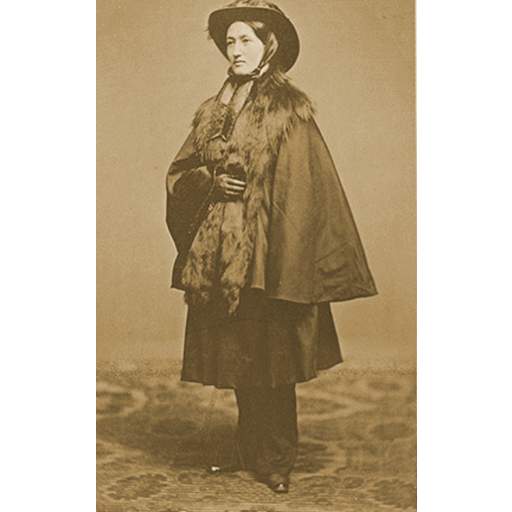
Elizabeth Smith Miller
Elizabeth Smith Miller models a Bloomer costume in this 1851 photograph.
Associated Sites
Associated Historical Events
Third National Woman’s Rights Convention
September 8–10, 1852
1878 Woman's Rights Convention
July 19, 1878
Second New York Freethinkers' Association Convention
August 22–25, 1878
Twenty-Ninth NY State Suffrage Convention
November 3–6, 1897
Thirty-Seventh NY State Suffrage Convention
October 24–27, 1905
Thirty-Ninth NY State Suffrage Convention
October 15–18, 1907
Founding of William Smith College
1908–1911
Forty-Third NY State Suffrage Convention
October 31–November 3, 1911
